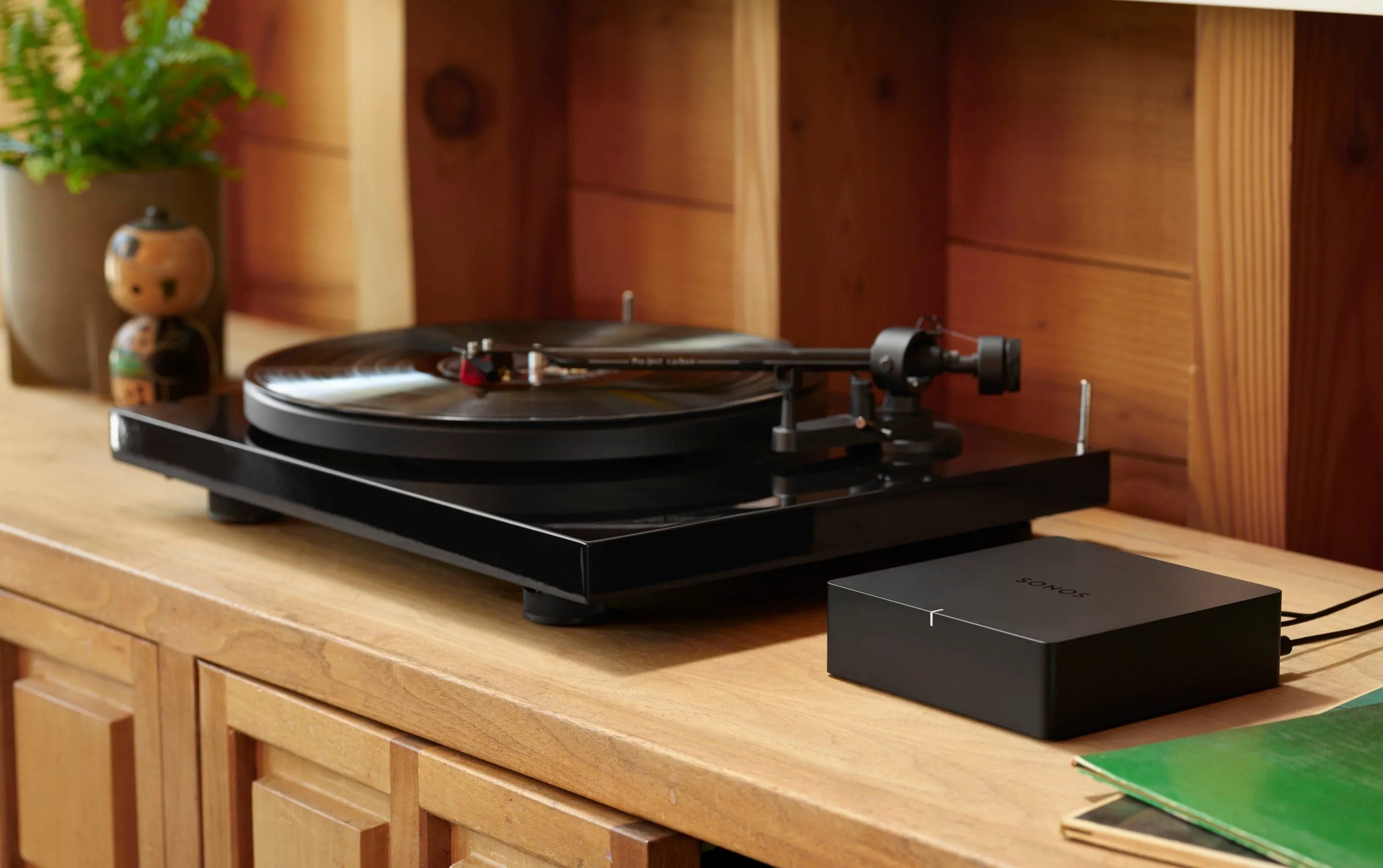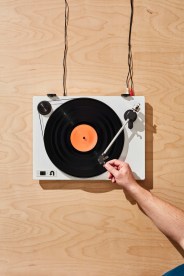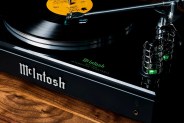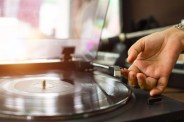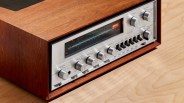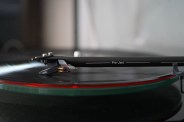There are a number of paths you can take when building a home hi-fi system. You can build a true analog system with signals that travel exclusively by wire, just like the good old days. Or you can work in some wireless components for a more versatile system — such as connecting a turntable to a powered speaker, like the Sonos Era 300, and then wirelessly streaming it to other wireless speakers. But is there a negative effect of digitizing an analog signal?
The Analog vs Wireless Dilemma
You might think that wireless technology has gotten so good that there wouldn’t be a drop off in audio quality. After all, most high-quality speakers and components support high-resolution streaming. And more and more streaming services, such as Tidal and Amazon Music HD, are able to stream lossless (or CD-quality) audio. But that’s not exactly the case.
Whenever you employ wireless technology, the audio signal is subject to some compromise in quality.
“In general, whenever employing a wireless technology, the audio signal is subject to some compromise in quality,” says Stephen Mejias, the director of communications at AudioQuest. “To some audio purists, the idea of digitizing an analog signal would be almost sinful. Not only are you inherently distorting the signal, but you’re also tarnishing the sacred vinyl ritual.”
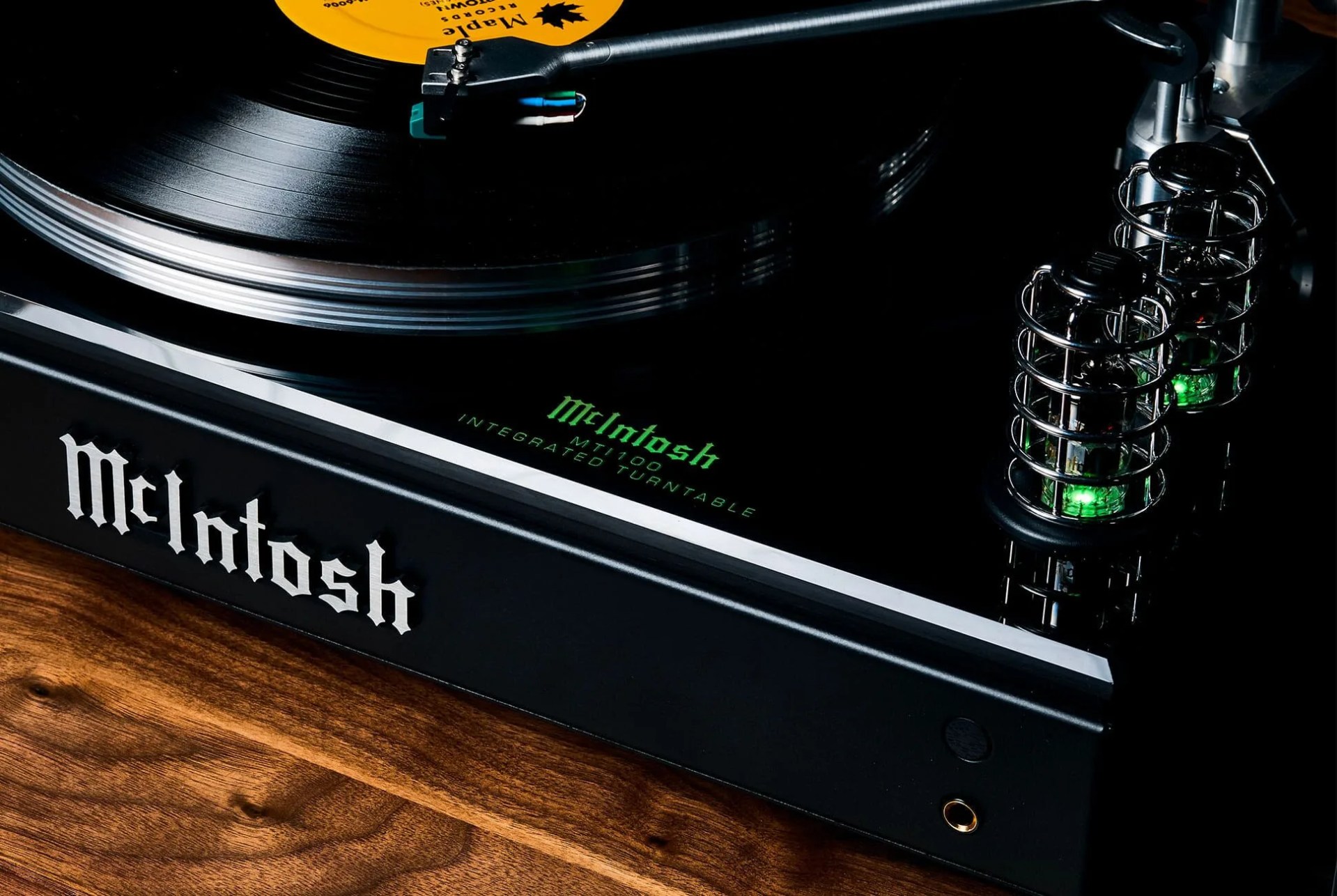
Mike Moffat, the cofounder of Schiit Audio, a Californian hi-fi manufacturer known for making some of the best affordable DACs and amps, agrees. “There would be a drop-off if you digitize the analog signal by pairing a turntable with a wireless speaker system,” he says.
